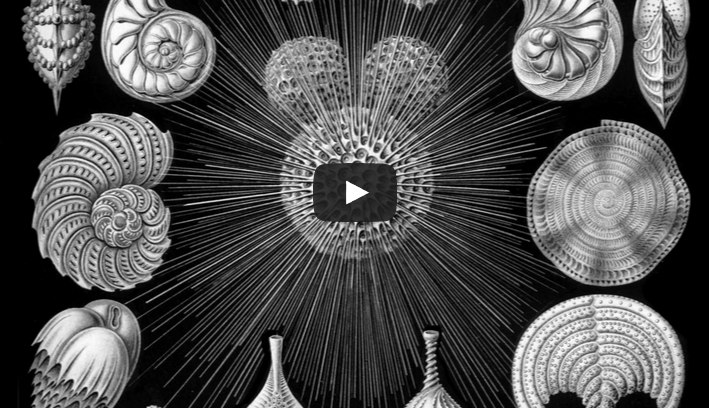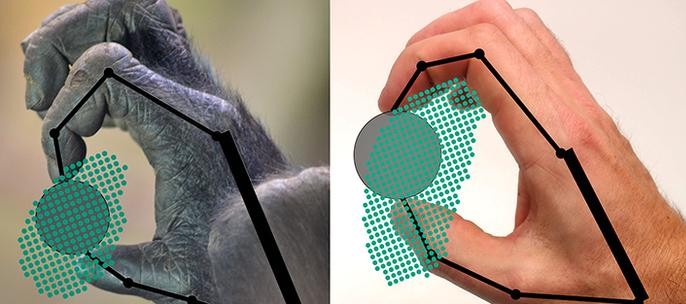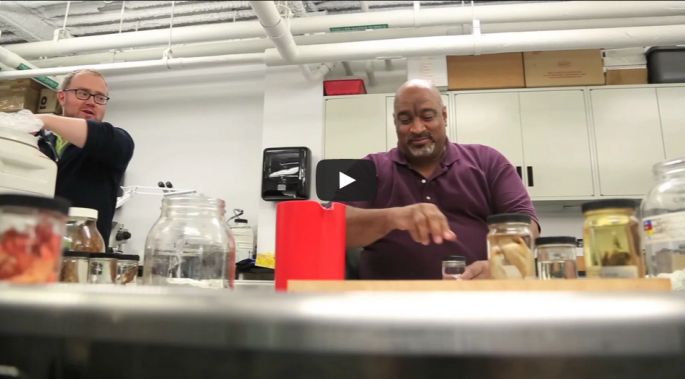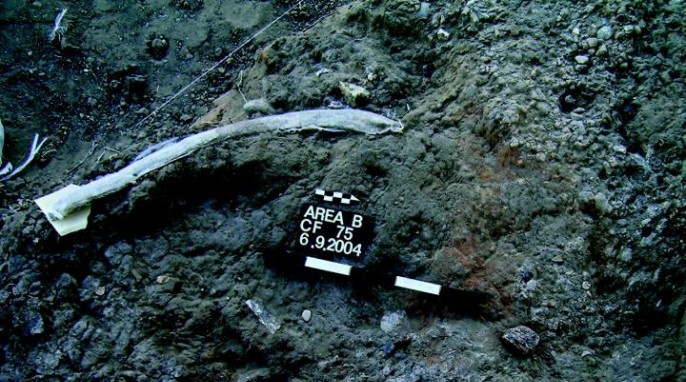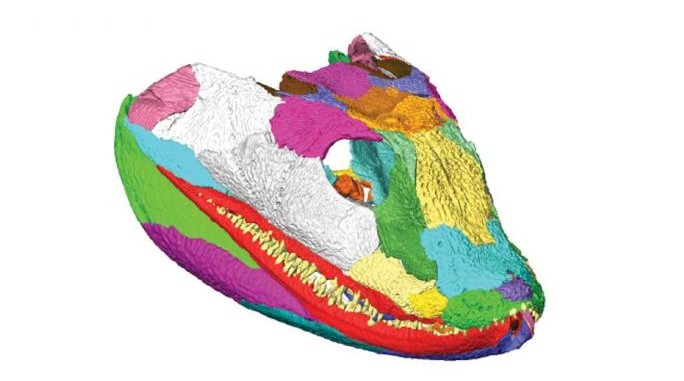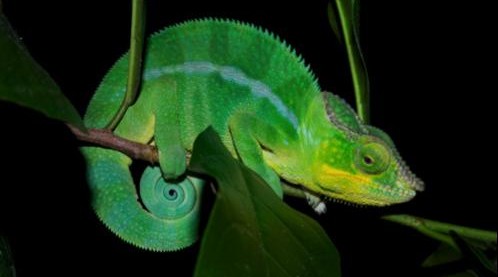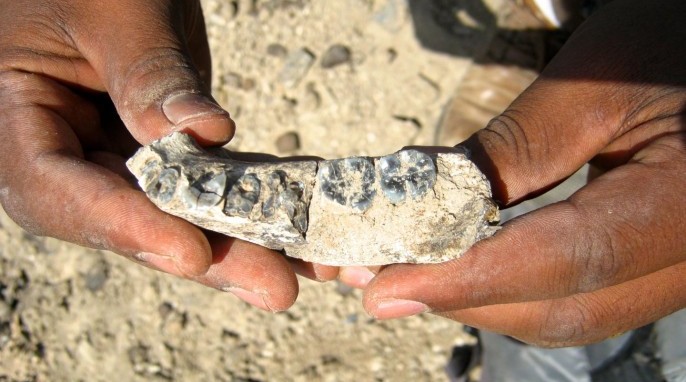The Tiniest Fossils of All
This episode of the Shelf Life video series explores the fossils of tiny marine organisms known as foraminifera. That name is a mouthful, so even scientists often shorten it to forams. These single-cell organisms still live in Earth’s oceans today. The fossilized shells left behind by their foram forefathers serve as tiny time capsules for climate data from bygone eras. Finding Clues in Fossils Ammonite fossils also contain clues to past climates. Ammonites are a group of ancient mollusks related to modern animals like nautiluses, which most closely resemble squid and…
Read More
